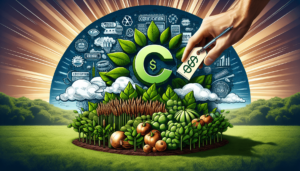Can organic food truly be genetically modified? It’s a question that piques the curiosity of many of us who’ve leaned towards organic produce for the promise of a more natural, healthful choice. For years, organic food has been associated with being free from synthetic chemicals, fertilizers, and genetically modified organisms (GMOs). This perception has heavily influenced our purchasing decisions and the premium we often pay for organic items. But has the organic label kept its promise, especially when it comes to being GMO-free?
Let’s embark on a thoughtful and friendly exploration of this topic together!
Understanding Organic Food
To address whether organic food can be genetically modified, we need a clear understanding of what qualifies as organic food. Organic farming operates under stringent regulations that prioritize natural processes over synthetic inputs.
Guidelines and Regulations
Organic farming is governed by specific rules laid down by organizations like the United States Department of Agriculture (USDA) or the European Commission in the EU. These guidelines ensure that the farming practices adhere to principles that conserve biodiversity, foster soil health, and prohibit the use of synthetic pesticides, fertilizers, and GMOs.
Here’s a brief overview of general organic farming regulations:
| Regulation | Description |
|---|---|
| No Synthetic Chemicals | Prohibits synthetic pesticides, herbicides, and fertilizers. |
| GMO Prohibition | Disallows the use of genetically modified seeds or organisms. |
| Animal Welfare | Ensures animals are reared in humane conditions with access to outdoor spaces. |
| Biodiversity Enhancement | Encourages natural methods to promote biodiversity and ecological balance. |
| Soil Fertility | Focuses on natural approaches to maintain and improve soil health. |
Understanding these foundational principles helps us grasp why many of us assume organic equates to non-GMO by default.
Genetic Modification: A Quick Overview
Genetic modification involves altering the genetic makeup of organisms to achieve desired traits. This is done using advanced technology, allowing for faster and more precise changes compared to traditional breeding methods.
Methods of Genetic Modification
Genetic modification can be executed through various methods:
- Transgenic Techniques: Introducing genes from one species into another.
- Gene Editing: Making precise changes to the DNA sequence, such as CRISPR-Cas9 technology.
- Selective Breeding: While not considered genetic modification by modern definitions, it’s an ancient practice of choosing specific traits.
It’s important to remember this science often aims at improving yield, resistance to pests, and adaptability to harsh climatic conditions. Despite its benefits, GMOs face heavy scrutiny and polarized public opinion.
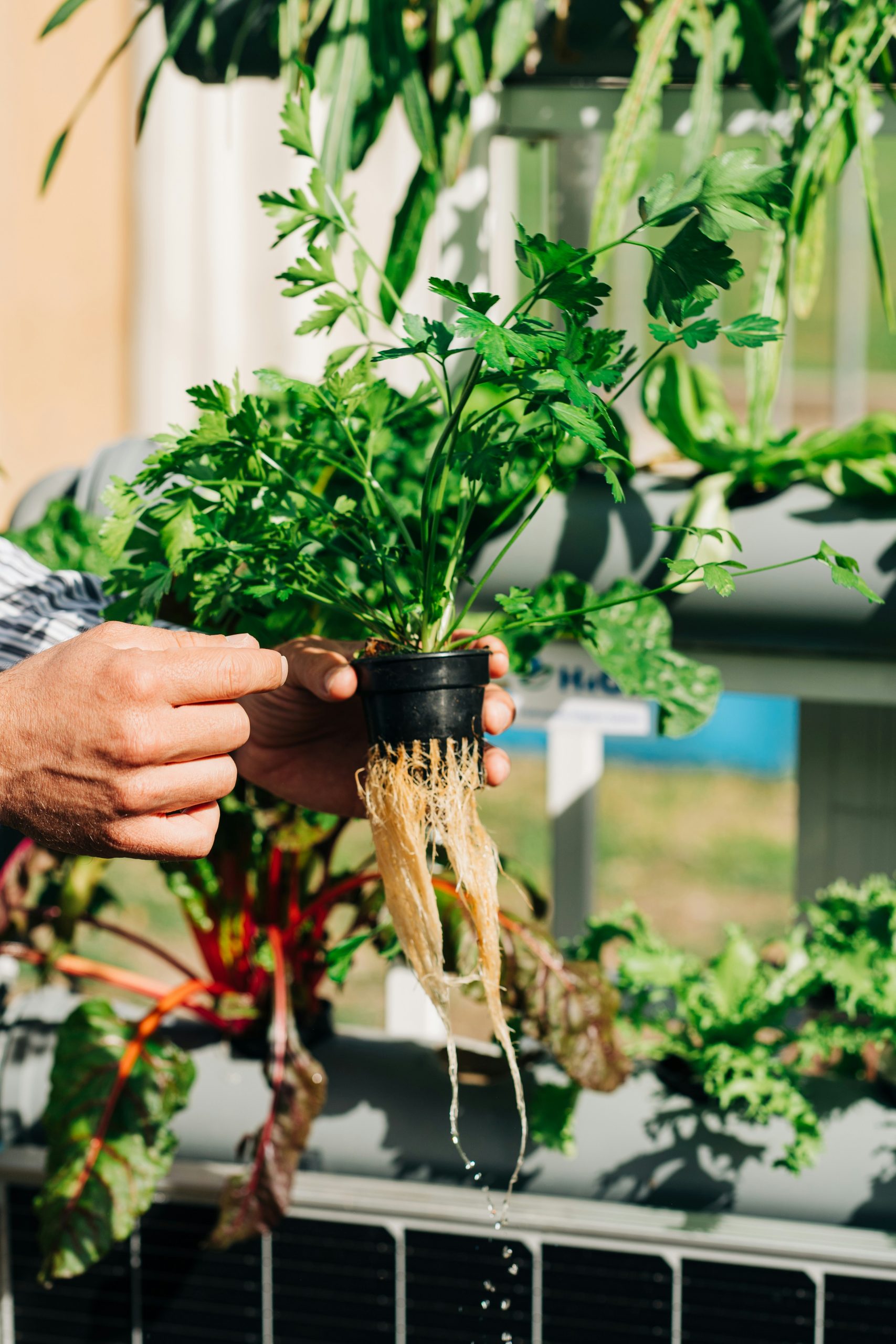
Organic Food vs. GMOs: Core Principles
Given organic farming’s strict regulations, including the prohibition of GMOs, we might think this clears up the matter. Yet, as we’ll see, the issue isn’t entirely black and white.
Policy Stance
The USDA’s National Organic Program (NOP) clearly states: “Genetic engineering is prohibited in organic products.” This solidifies the stance that genuinely certified organic products must not be genetically modified.
Real-World Challenges
However, it isn’t always easy to guarantee that organic products remain completely free from GMOs:
- Cross-Contamination: Pollen drift from GMO crops can inadvertently contaminate organic farms.
- Seed Purity: Obtaining entirely non-GMO seeds is challenging due to widespread GMO cultivation.
- Supply Chain Integrity: Ensuring no GMOs enter during processing, packaging, and distribution is difficult.
Cross-Contamination: An Unseen Challenge
Cross-contamination presents one of the biggest challenges in keeping organic produce GMO-free. When fields of genetically modified crops are in close proximity to organic farms, pollen can be carried by wind or insects, thereby contaminating non-GMO crops.
Mechanisms of Cross-Contamination
Cross-contamination can occur in several ways:
- Pollen Drift: Pollen from GMO crops can travel considerable distances, pollinating organic plants.
- Seed Contamination: Shared equipment or facilities can inadvertently mix GMO and non-GMO seeds.
- Human Error: Mistakes during planting, harvesting, or processing could introduce GMOs into organic supplies.
Addressing cross-contamination involves rigorous testing and segregation mechanisms, which aren’t foolproof.
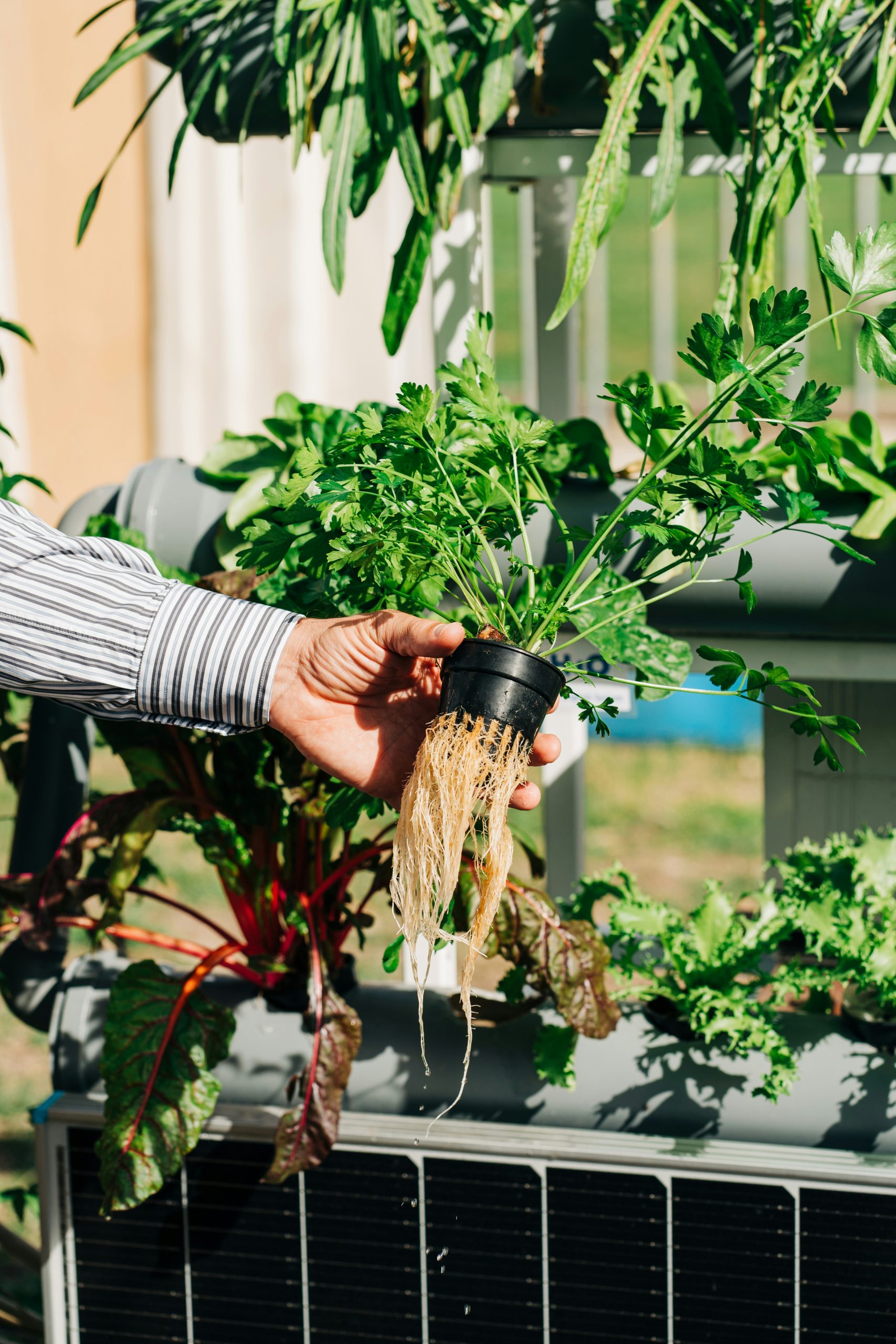
The Seed Dilemma
Ensuring seed purity is another monumental task. While organic farmers strive to use non-GMO seeds, contamination can still occur before seeds even reach the farm.
Seed Testing and Certification
Organic certification bodies usually stipulate rigorous seed testing protocols. Yet, ensuring 100% purity remains difficult:
| Steps in Seed Certification | Description |
|---|---|
| Source Selection | Choosing seeds from reliable, certified producers. |
| Testing | Laboratories test seed samples for GMO contamination. |
| Certification | Only non-GMO seeds are certified for organic use. |
Despite these layers of checks, no system is entirely immune to contamination, complicating the assurance process.
The Supply Chain Complexity
Ensuring organic integrity through the supply chain adds another layer of complexity. Every stage, from harvesting to packaging, offers potential contamination points.
Supply Chain Stages at Risk
- Harvesting: Using shared harvesting equipment for both GMO and organic crops can lead to contamination.
- Processing: Facilities handling both types might cross-contaminate during processing stages.
- Transportation: Trucks or containers transporting both GMO and organic products can create unwanted mixing.
Strict protocols and dedicated facilities help, but they add to the cost and logistical demands of maintaining organic certification.
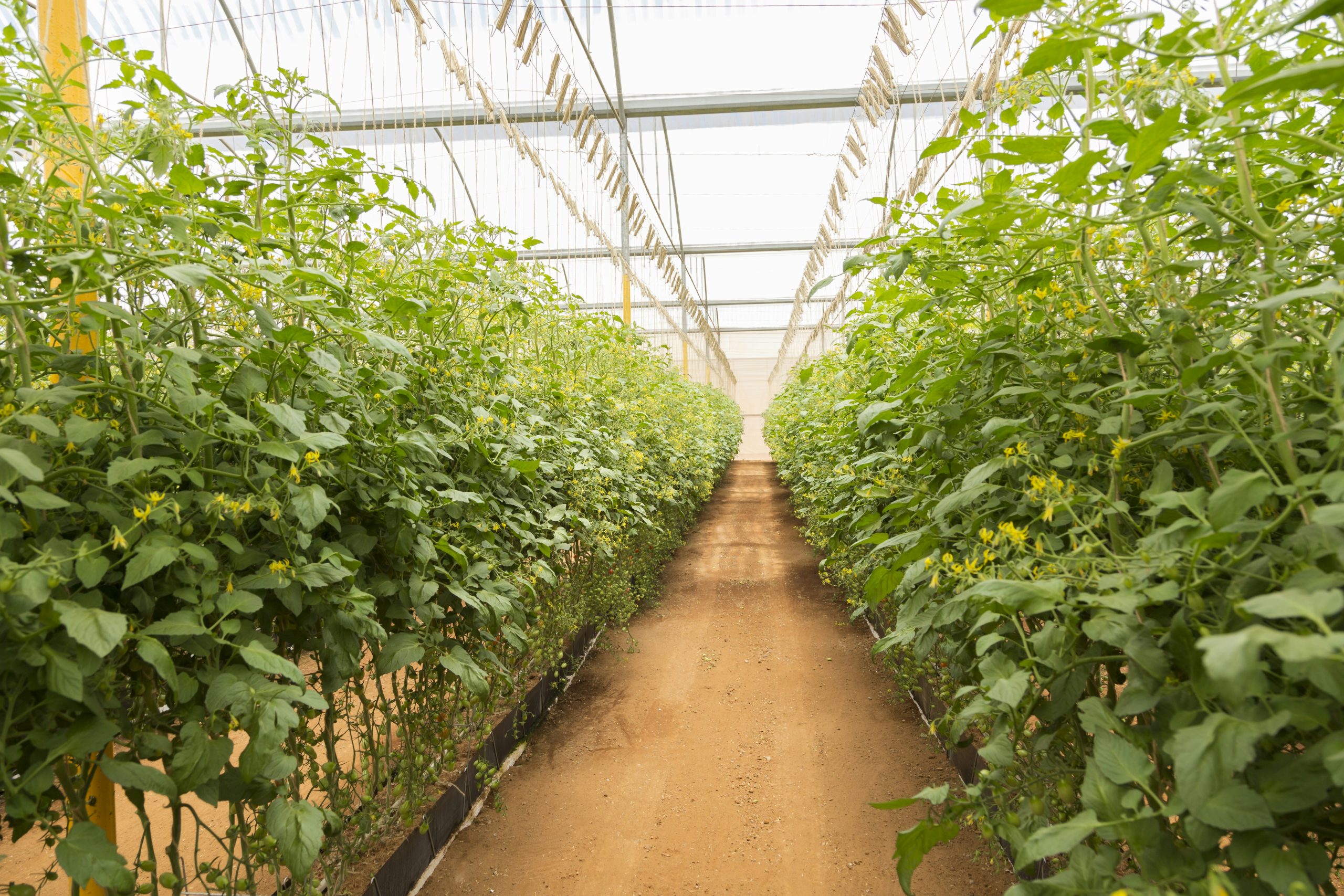
Possible Solutions and Future Directions
So, how do we cope with these challenges? While the road isn’t easy, advancements and strategic actions can help.
Enhanced Testing Methods
Technological advancements offer hope. Improved testing methods can detect lower levels of GMO contamination, allowing for better segregation.
Buffer Zones
Creating buffer zones between GMO and organic fields can reduce pollen drift. These can be areas planted with non-GMO crops or left as natural spaces.
Stricter Certification
Certification bodies could tighten requirements for testing and segregation, ensuring higher standards of purity.
Public Policy
Lobbying for stronger regulations around GMO labeling and segregation can help protect organic farms.
Consumer Awareness
Educating consumers about the complexities and challenges helps manage expectations and promotes informed choices.
The Organic Community’s Perspective
Within the organic community, opinions about GMOs are diverse. While some purists advocate for zero tolerance, others understand the challenges and suggest practical compromise solutions.
Purist Stance
The purist side sees any level of GMO contamination as unacceptable and pushes for stricter regulations and practices to ensure absolute integrity.
Pragmatic Viewpoint
Pragmatists argue for a balanced approach. They recognize that zero contamination might be unrealistic and advocate for transparency and continuous improvement rather than absolute guarantees.
The Middle Ground
A middle-ground perspective bridges the two, striving for high purity standards while also recognizing practical limitations and scientific advancements.
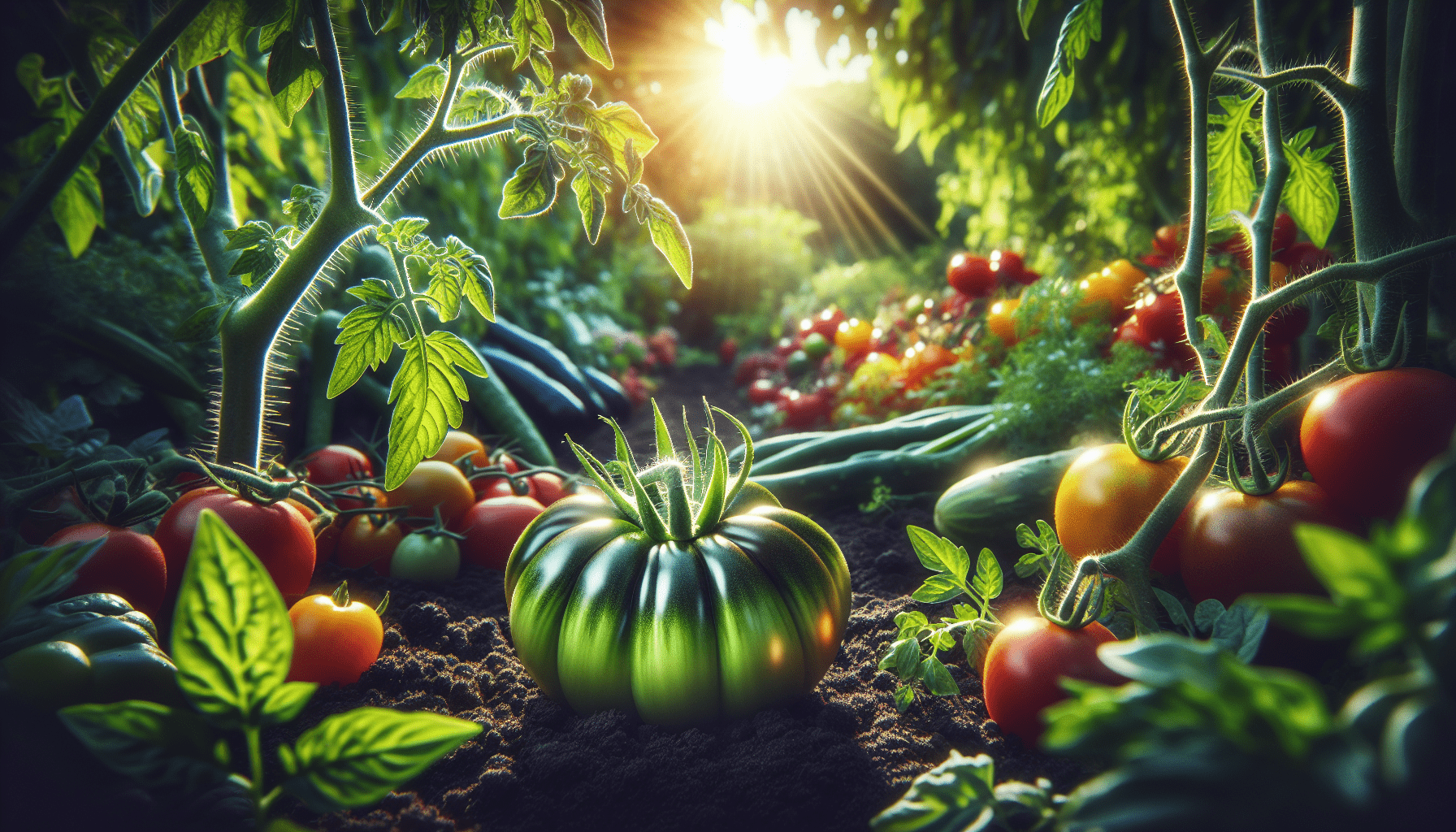
Real-Life Case Studies
Case studies help illustrate the complexities of ensuring non-GMO status in organic food.
Case Study: Organic Corn
Organic corn farmers often face significant challenges due to the widespread cultivation of GMO corn.
Example
An organic corn farm inadvertently contaminated due to nearby GMO corn fields might test positive for GMO presence. Through rigorous management and isolation practices, the farm eventually achieves reduced contamination levels.
Case Study: Organic Soy
Soy is another crop with high GMO prevalence, presenting persistent challenges to organic farming.
Example
An organic soybean producer finds GMO strains in their crops due to transportation and storage contamination. They implement specialized supply chain management protocols to prevent future occurrences.
Consumer Role in Organic and Non-GMO Advocacy
We, as consumers, play a vital role in shaping the future of organic farming and GMO policies. Understanding the issues helps us support practices that align with our values.
Supporting Local and Smaller Farmers
By buying from local organic farmers, we often ensure shorter and more transparent supply chains, reducing potential contamination.
Advocacy for Better Policies
Encouraging policies that support organic integrity helps protect non-GMO farming.
Research and Education
Informed choices stem from thorough research. By educating ourselves and others, we create a more knowledgeable consumer base advocating for higher standards.
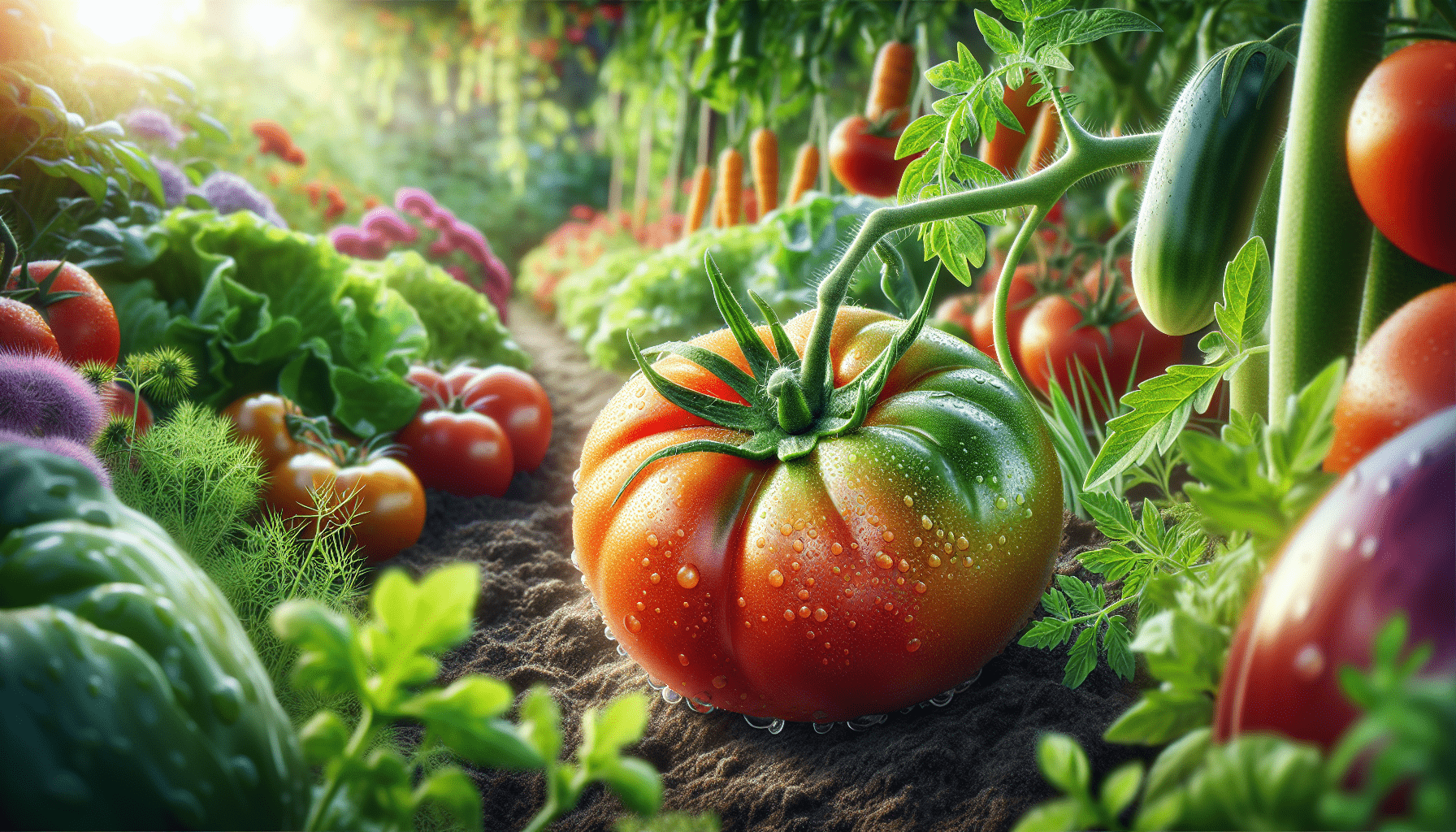
Truth versus Myth: Clearing Up Misconceptions
When it comes to organic food and GMOs, misconceptions can create unnecessary panic or false security.
Common Myths
| Myth | Reality |
|---|---|
| Organic = 100% GMO-Free | While organic aims to be free from GMOs, unintentional contamination is possible. |
| GMOs Are Always Harmful | The safety of GMOs depends on individual modifications and context. |
| Organic Farming Can’t Coexist With GMOs | With proper measures, both can potentially coexist in separate spaces. |
Recognizing and addressing these myths helps us make better, more informed decisions.
Conclusion: Can Organic Food Truly Be Genetically Modified?
So, can organic food truly be genetically modified? The answer lies in understanding the complexities and nuances involved. While the principles of organic farming reject GMOs, real-world challenges like cross-contamination and supply chain integrity mean that some level of unintentional contamination is possible.
By staying informed, supporting rigorous standards, and promoting transparency, we can continue to trust and advocate for organic farming practices that prioritize our health and the health of our planet. It’s a collective journey, one where we all play a part in upholding the integrity of organic food. Through shared effort, continuous improvement, and informed advocacy, we can uphold the promise of organic farming as close as possible to its roots.


